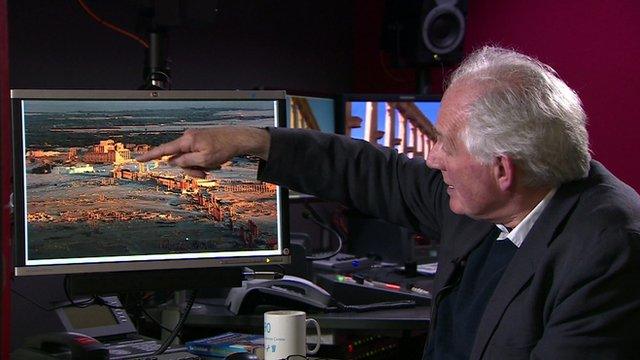Destruction of Palmyra's Baalshamin temple 'a war crime'
- Published
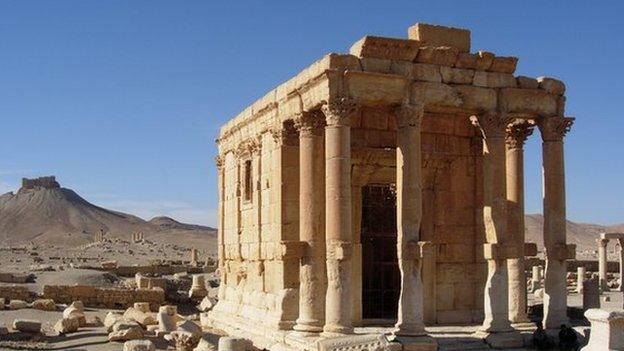
The Baalshamin temple is dedicated to the Phoenician god of storms and fertilising rains
The destruction of Palmyra's ancient temple of Baalshamin is a war crime, the UN's cultural agency has said.
Syrian officials and activists reported on Sunday that Islamic State (IS) militants had blown up the temple.
In a statement, external, Unesco said it was "an immense loss for the Syrian people and for humanity".
IS took control of Palmyra in May, sparking fears for the site, considered one of the ancient world's most important cultural centres.
Syria's head of antiquities Maamoun Abdul Karim was quoted as saying the temple was blown up on Sunday, causing "much damage". The UK-based Syrian Observatory for Human Rights (SOHR) reported that it happened a month ago.
The ancient city, which is a Unesco World Heritage site, is famed for its well-preserved Graeco-Roman ruins, and the Baalshamin temple, built nearly 2,000 years ago, is one of the city's best-known buildings.
"The systematic destruction of cultural symbols embodying Syrian cultural diversity reveals the true intent of such attacks, which is to deprive the Syrian people of its knowledge, its identity and history," Unesco Director-General Irina Bokova said.
Ms Bokova said those responsible "must be accountable for their actions".
The Islamic State group has destroyed several ancient sites in Iraq, which Unesco has also said was a war crime and an act of "cultural cleansing".
The militants believe any shrines or statues implying the existence of another deity are sacrilege and idolatry, and should be destroyed.
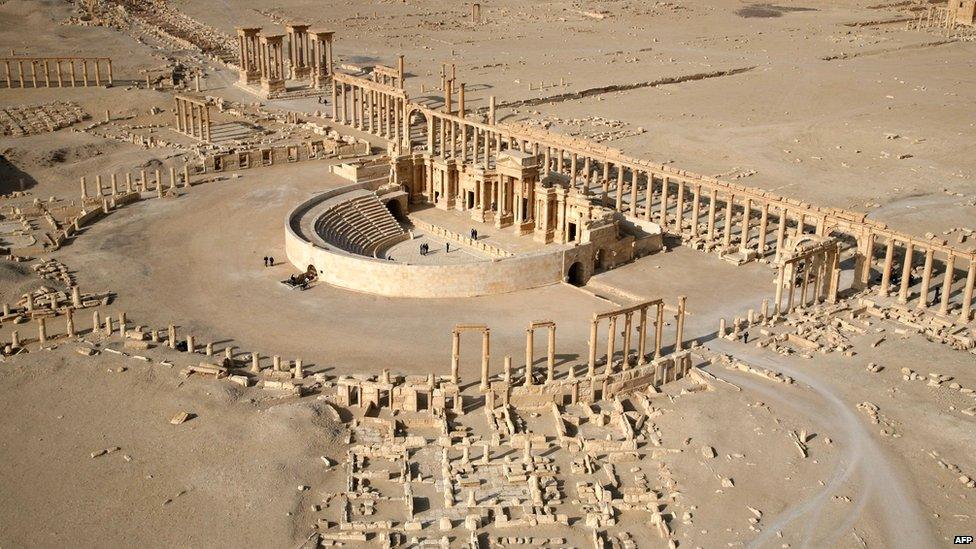
Palmyra is a large site, visited by millions
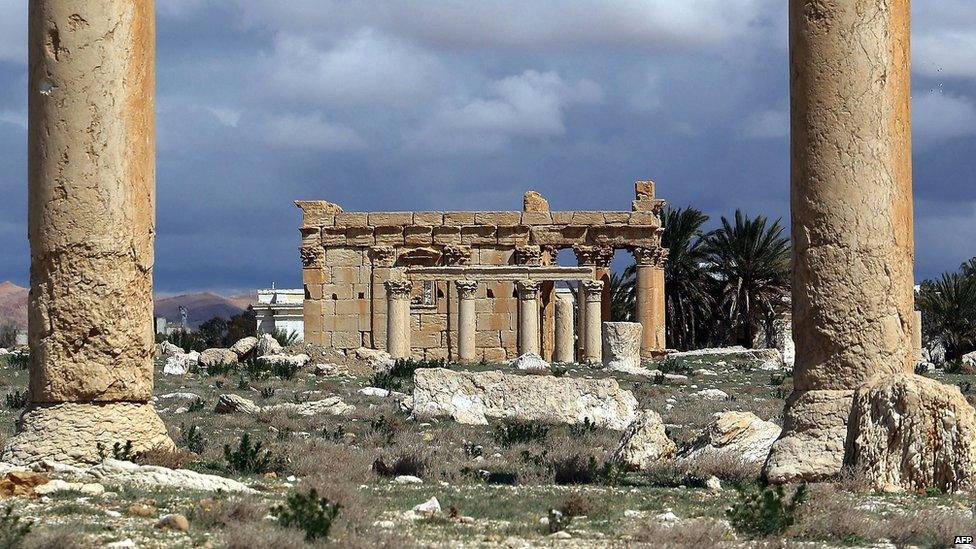
The oldest parts of the Baalshamin temple dated to the 1st Century AD
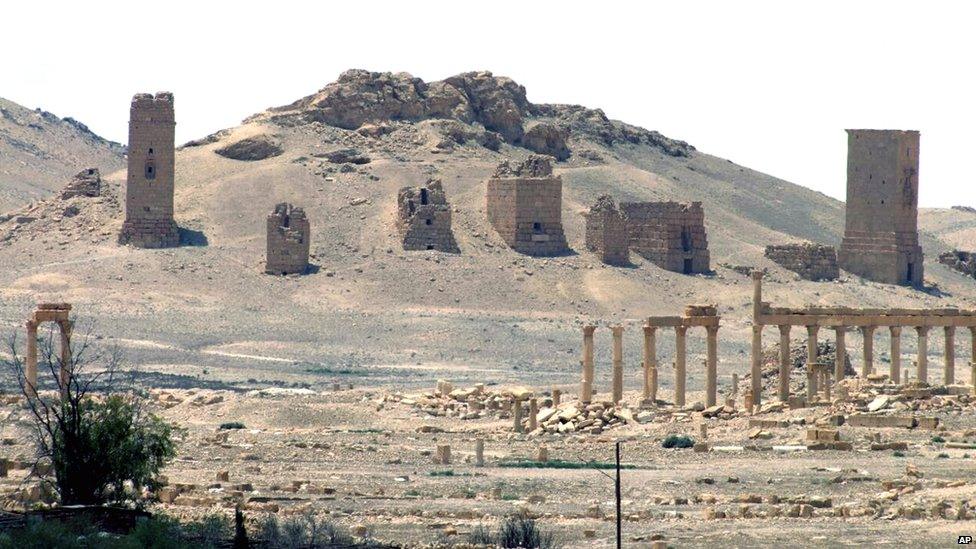
Palmyra sits in the desert, some 200km (125 miles) north-east of the Syrian capital, Damascus
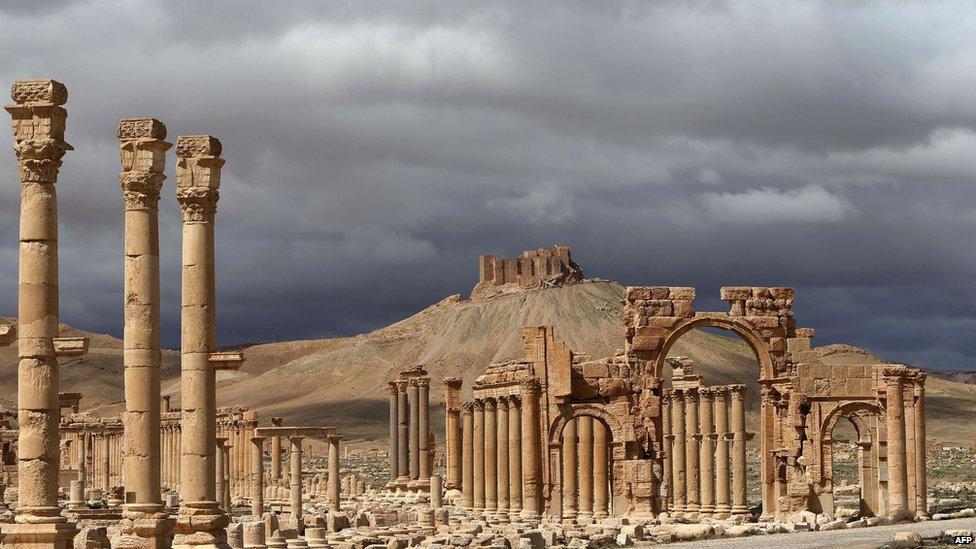
Many smaller statues and artefacts were moved from the city before it fell to IS
Emma Loosley, a professor at Exeter University who lived near the ancient city for three years, said the temple's cella (inner area) was "pretty much perfect".
"I can't think of another temple as beautifully preserved as the temple of Baalshamin, and what was special about Palmyra was that it was a unique culture," she told the BBC.
"It had its own gods, its own form of art and architecture that you don't get anywhere else."

Ancient city of Palmyra
Unesco World Heritage Site, external, known as Pearl of the Desert
Site contains monumental ruins of great city, once one of the most important cultural centres of the ancient world from the 1st and 2nd Centuries
Its art and architecture combines Greco-Roman techniques with local traditions and Persian influences
More than 150,000 tourists visited Palmyra every year before Syrian conflict
Site boasts a number of monumental projects, over 1,000 columns, and a formidable necropolis of over 500 tombs

A week ago, it emerged that the archaeologist who had looked after Palmyra's ruins for four decades, Khaled al-Asaad, had been beheaded by the militant group.
Mr Abdul Karim said the 81-year-old had refused to tell IS where some treasures had been hidden, in an effort to save them.
The modern city of Palmyra - known locally as Tadmur - is situated in a strategically important area on the road between the Syrian capital, Damascus, and the eastern city of Deir al-Zour.
Historian Dan Cruickshank explains the significance of the ancient Syrian city of Palmyra

IS attacks on historical sites and artefacts
January: IS ransacks the central library in the Iraqi city of Mosul, burning thousands of books.
February: A video emerges showing the destruction of ancient artefacts at the central museum in Mosul.
March: IS uses explosives and bulldozers on Nimrud, one of Iraq's greatest archaeological treasures. Shortly after, IS militants destroy ruins at Hatra.

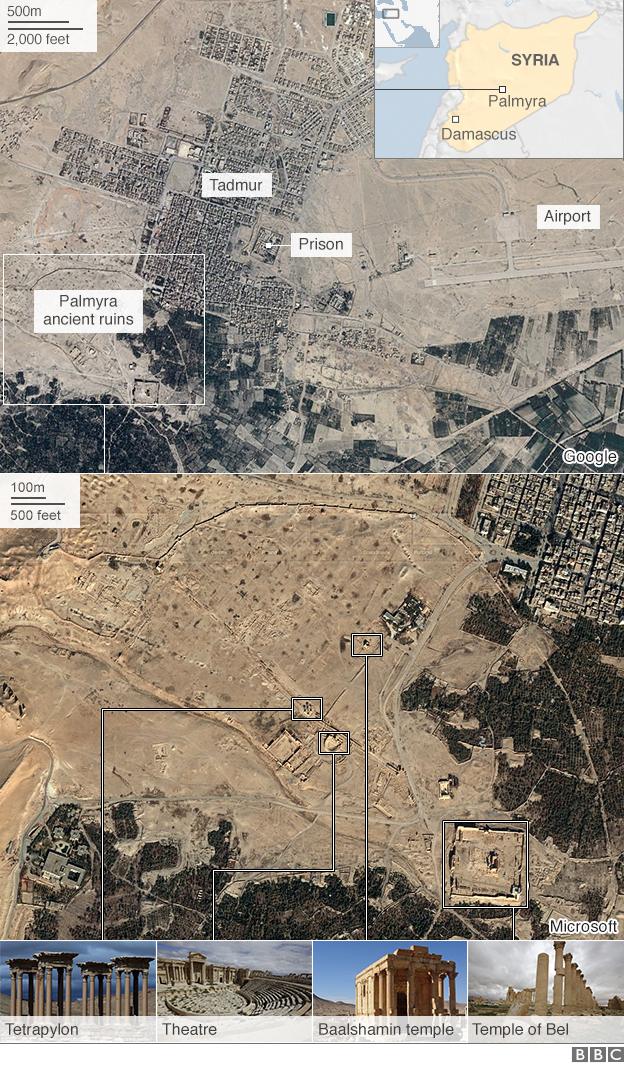
- Published24 August 2015

- Published21 May 2015
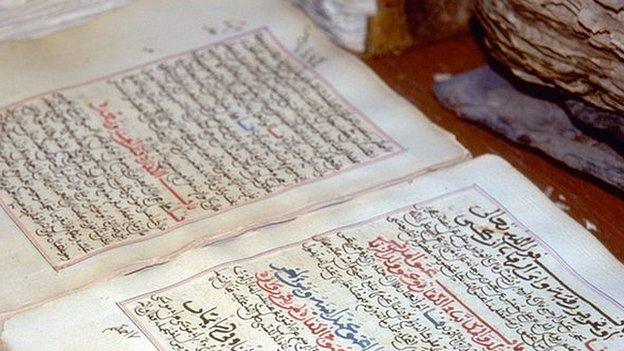
- Published10 July 2014
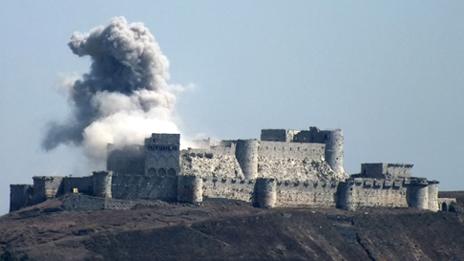
- Published21 May 2015
